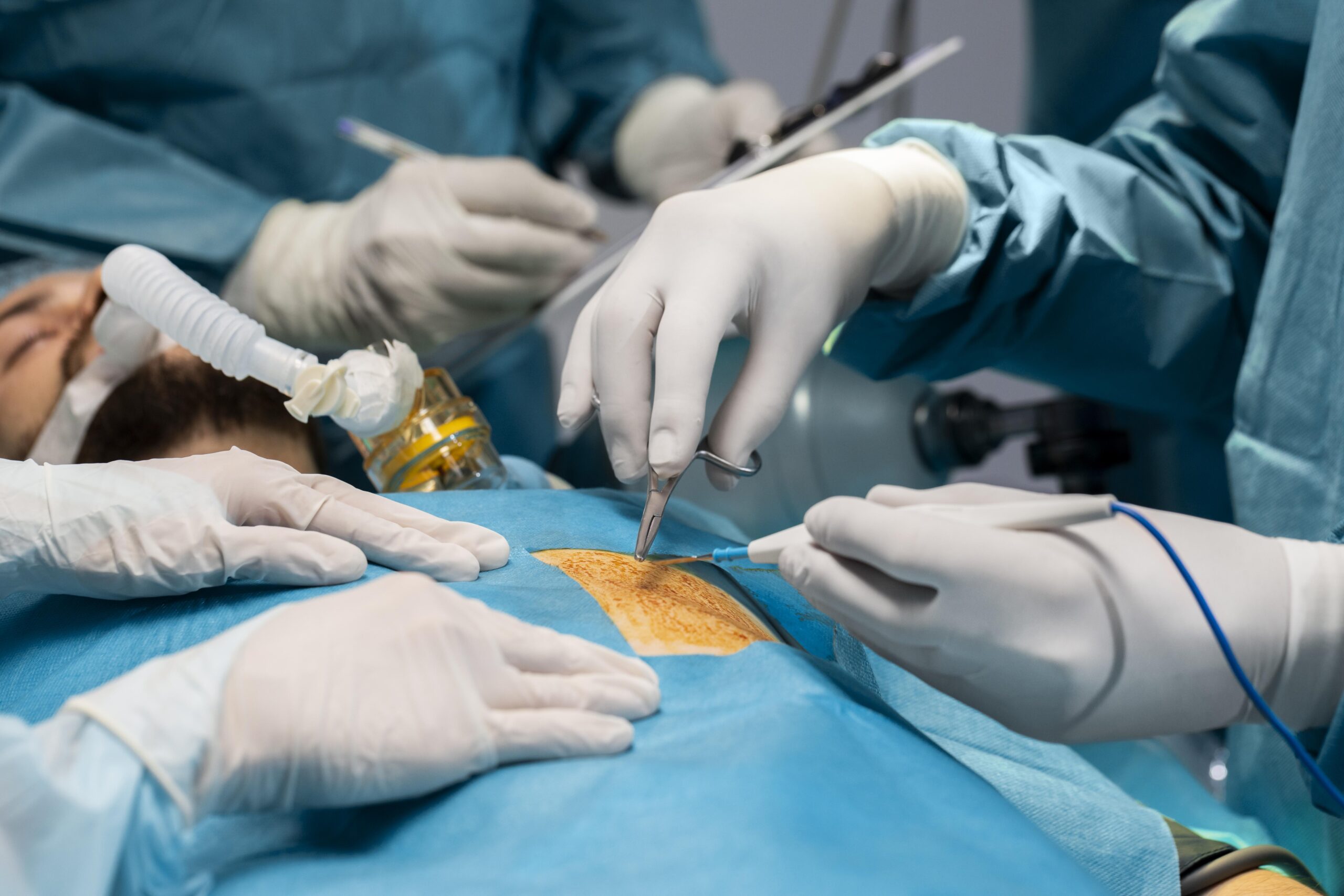Bringing your new baby home is exciting, but there are also many questions — especially after a circumcision. New moms and dads are naturally concerned about their new life stage, and can feel apprehensive about the recovery stage, and how to care for their tiny prefects. Circumcision, which involves the surgical removal of the foreskin, is commonly carried out for cultural or religious reasons. Whatever the reasoning, however, like anything else proper aftercare is key to comfort and not sustaining issues.
Tips for a positive recovery from circumcision.
Healing—What You Need to Know
Understanding the circumstances helps ease your fears. This is what the healing process looks like.
What Happens in the First 24 Hours
You’ll experience some redness, swelling, and a little bit of discharge in the first 24 hours. This is normal. Immediately after the procedure, gently clean the area as directed by your doctor. That will help soothe any soreness your baby may feel right away.
Days 2-7: Key Milestones
Changes will take place over the next week. A yellowish scab will form. This is a positive sign of healing. The color may change too. Don't panic! These changes are standard, normally. But if you notice increased redness, swelling or pus, consult your doctor.
Gentle Cleaning Techniques
Keeping the area clean prevents infection. Its importance as part of circumcision aftercare cannot be overstated.
Supplies You'll Need Gather your supplies. You'll need:
- Warm water
- Soft cloths
- Mild soap, fragrance-free, dye-free (if doctor-approved)
- Petroleum jelly
All of these products help to maintain cleanliness and protection without irritation.
Step-by-Step Cleaning Guide
Here is how to carefully clean the area:
- Wash your hands very well before you begin.”
- Soak a soft cloth in warm water.
- Pat the area gently to clean it. Avoid harsh rubbing.
- If your doctor recommends soap, apply a small amount.
- Rinse gently with warm water.
- Use a clean, soft cloth to pat dry.
- (Remember, cleanliness is important before and after cleaning.)
- Administering Ointments and Dressing
- Petroleum jelly prevents the skin from sticking to the diaper.
- This ensures your baby is comfortable.
When to Apply Ointment and How Much
Do a thick layer of Vaseline with every nappy change. It should be enough to cover the tip. This actually creates a barrier to prevent the skin from sticking. You’re going to want to use it a lot, especially in the first few days. Applying too much ointment can seal in moisture. That's not good.
When Dressing (If You Need To)
Followup with doctors Some doctors advise a dressing after circumcision. If so, follow their advice. There are several different types, so be sure you know how to use the one your doctor recommends. Proper usage is important.
Pain Management Strategies
If you do have a circumcision, it may give your baby some discomfort. Fortunately, there are safe ways to contribute.
- Non-Pharmacological Methods
- Try these soothing methods:
- Swaddling
- Gentle rocking
- Whether breastfeeding or bottle-feeding
- Skin-to-skin contact
Let’s say, for example, your baby is fussy following a diaper change. Try gently rocking them back and forth as you sing a low hush song. This can work wonders.
When to Consider Adding Pain Medication
Sometimes, nonpharmacologic means are insufficient. If your baby seems extremely uncomfortable, talk to your doctor about pain medicine. They might recommend an over-the-counter option but clear it first! Make sure to take the accurate amount. Go to your pediatrician, the best source of advice.
Identifying and Avoiding Complications
Knowing the signs of problems allows you to act quickly. Early action is key.
Signs of Infection to Look Out For
Look for these signs of infection:
- Increased redness
- Swelling
- Pus
- Fever
If you suspect an infection, contact your doctor immediately. Don't wait.
When to Get Medical Help Right Away
Stop reading and call for medical help immediately if you observe:
- Bleeding that won't stop
- Difficulty urinating
- Severe pain
Have your doctor’s contact information available. Prevention is the name of the game: A prompt response can avert larger problems.
Conclusion
After a circumcision, caring for your baby includes gentle cleaning, applying ointment and monitoring for problems. Follow these simple and helpful tips to ensure the recovery goes smoothly. If you provide proper care, most circumcisions heal without problems. If you have concerns,consult your pediatrician. They are there to help.

